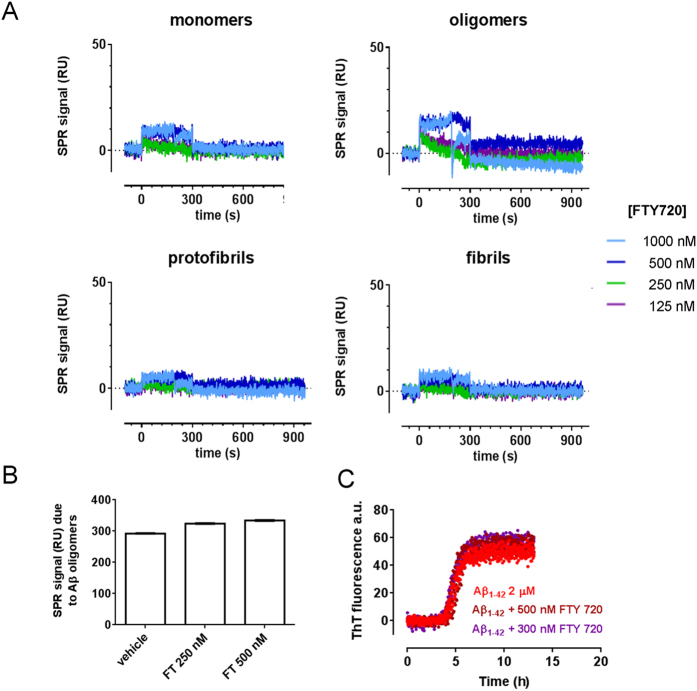Figure 2. FTY720 does not interact with Aβ species and does not interfere with formation of Aβ oligomers or fibrillogenesis.
(A) Synthetic Aβ1–42 (100 μM) was incubated in quiescent conditions for different time points in order to prepare the different Aβ species. We used freshly prepared solutions to have Aβ42 monomers only; 5 h and 24 h incubation at 25 °C for maximal oligomers and protofibrils enrichment, respectively; fibrils were prepared by 24 h incubation at 37 °C at pH 2.0. These species were immobilized on the sensor chip coated whereas FTY720 (concentrations indicated) was flowed from time = 0 to time = 300 sec. (B) Synthetic Aβ1–42 (100 μM) was incubated at 25 °C in the absence or presence of different concentrations of FTY720. After 5 h samples were diluted 100 fold in PBST and injected over immobilized 4G8 for 2 min, followed by 10 min of dissociation. The bars shows the SPR binding signal measured at the end of the dissociation period, which is indicative of the amount of captured Aβ oligomers. (C) Synthetic Aβ1–42 (2 μM) was incubated with ThT (10 μM) with or without FTY720, at two different dilutions. ThT fluorescence was continuously monitored for 13 h.

